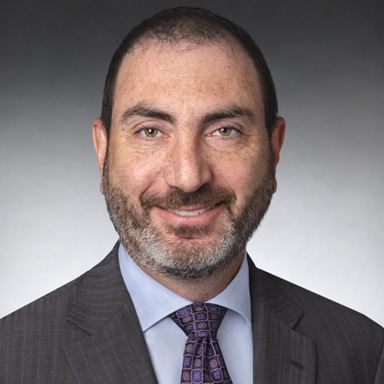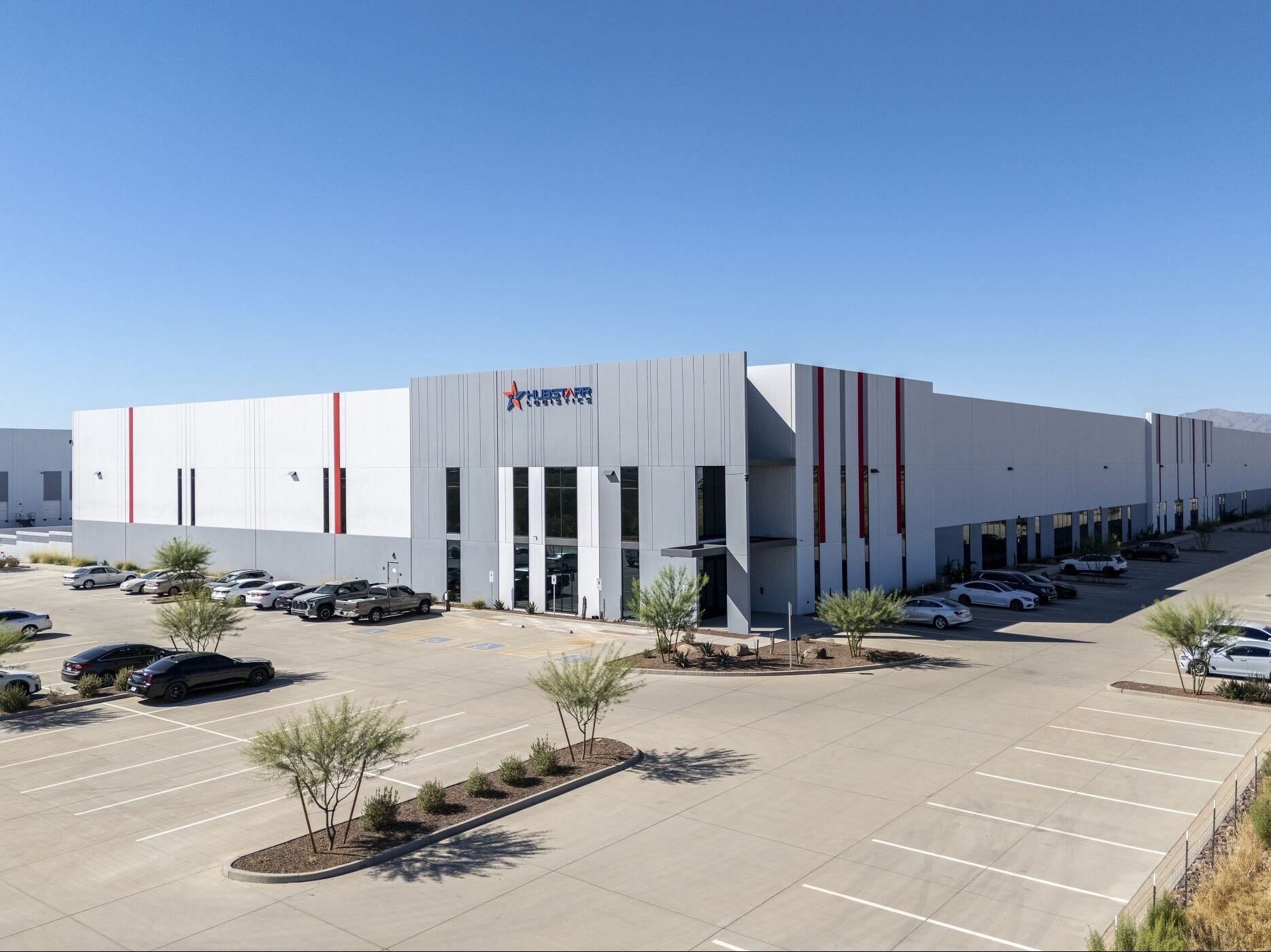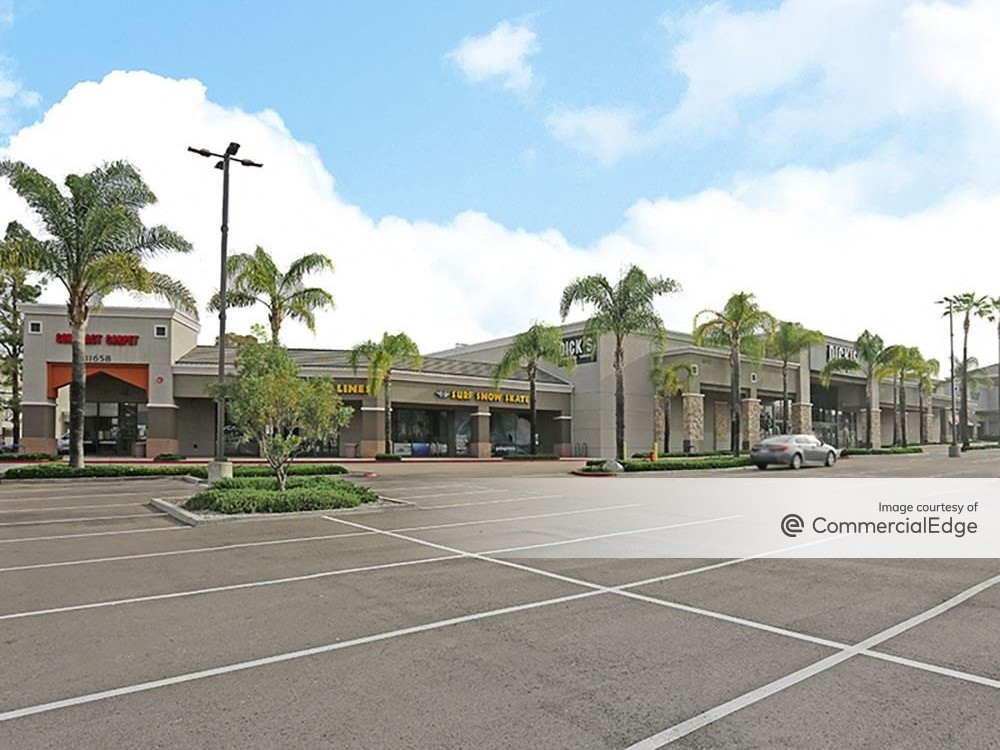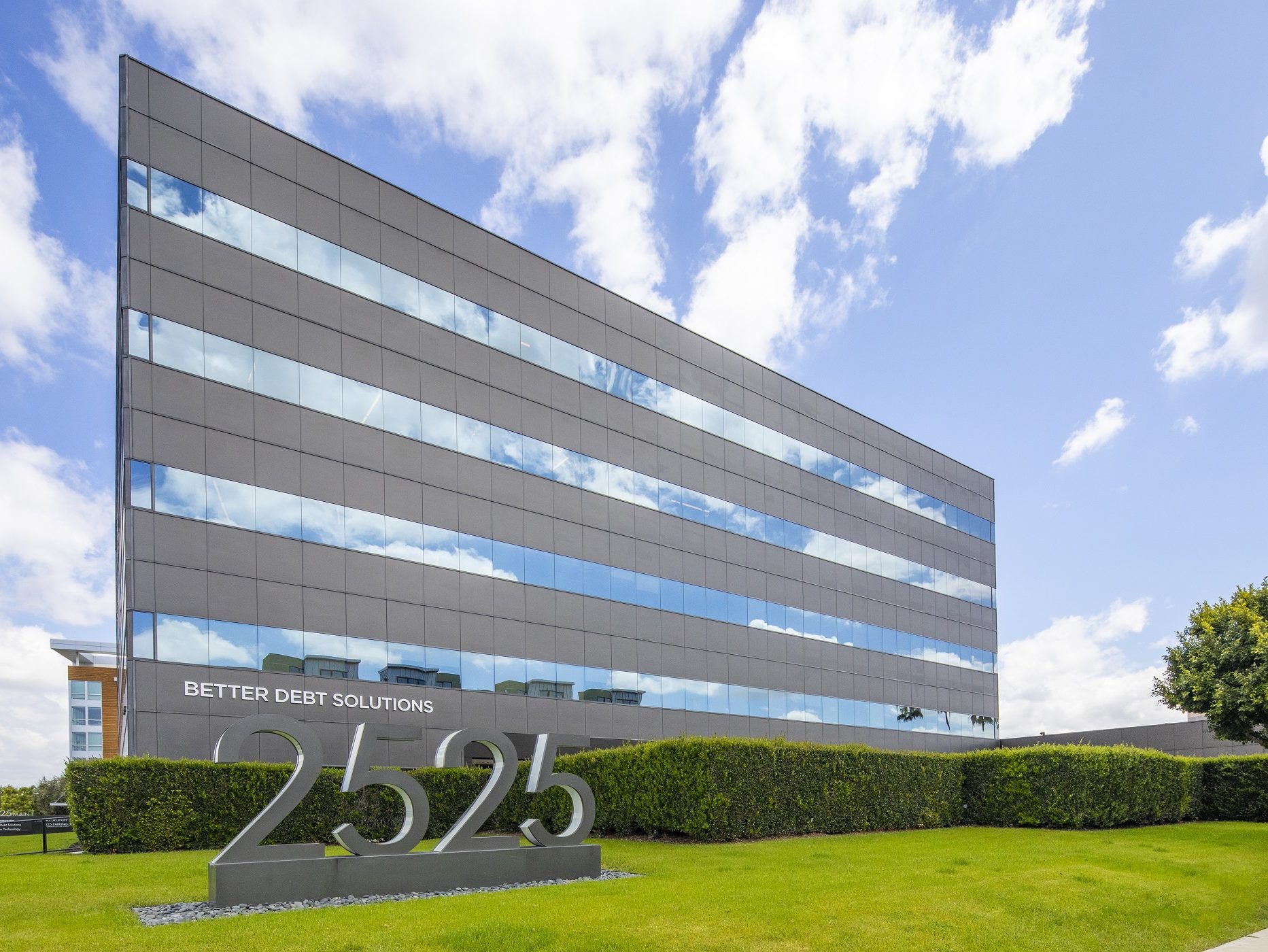Are Chicago’s Record-Setting Office Sales Good — or Bad?
Does the record-setting volume of office sales in the nation’s third-largest city in any way suggest a bubble?
By Scott Baltic, Contributing Editor
In the announcement touting its involvement with the $320.5 million sale of the high-profile office tower at 333 W. Wacker Drive in Chicago’s West Loop, JLL also noted a larger milestone. With the better part of two months to go in 2015, year-to-date sales of downtown Chicago office buildings have, according to JLL, hit a record $6.4 billion, obliterating the previous record of $5.3 billion set in 2006.
“This year’s astonishing 26 CBD office tower sales and their record value speak to Chicago’s place on the world stage as a city on the rise,” JLL international director Bruce Miller said in a prepared statement. “Investor appetite continues to grow thanks to the city’s diversified economy, talented workforce, transportation infrastructure and surging tech ecosystem. Combined with a shrinking competitive office supply, this creates significant landlord leverage.”
Does the record-setting volume of office sales in the nation’s third-largest city in any way suggest a bubble?
Decidedly no, JLL senior vice president Nooshin Felsenthal told Commercial Property Executive: “My opinion is that we are absolutely not in a commercial real estate bubble. Market fundamentals such as absorption and rent growth support the level of investment activity, as well as the pricing being achieved.”
“Over the last several months,” she added, “we’ve seen an incredible amount of headquarters relocations to downtown Chicago, as well as new office openings from household-name employers. The…quality and depth of the labor pool in Chicago are second to none and are primary drivers for why these companies are choosing Chicago.”
Another long-time observer of Chicago-area CRE does have some doubts, however. Gary K. DeClark, MAI, a senior VP with CBRE’s Valuations and Advisory Services, notes that “as long as developers have cash or can get cash, where there is money chasing deals, where I believe we are now, and cheap financing is still available, albeit tougher to secure due to regulation, developers will develop.”
He recounts a recent conversation with a broker friend, in which they discussed where they saw the market going. The broker, DeClark said, “made an interesting comment. He said that he again is seeing ‘pricing to perfection’ in the market. He saw that in previous downturns.”
“Pricing to perfection,” DeClark explains, “means that prices are being paid for property where there is no wiggle room for market happenings, some unseen, for example, burps in the national economy, continued world unrest or increased interest rates.”
“Bumps of 25 to 75 basis points will not have much of an impact,” he said, “but what about 150? We agreed that there still were deals to be had in certain segments of the markets, maybe more niche plays. We both left the discussion with the notion that some caution should be exercised by the players in the market.”
“How healthy is the economy?” DeClark muses. “Many of the pundits say we are OK. Maybe OK for now, but I wonder how healthy the economy really is if Walmart is cutting back by laying some people off and thinking about closing some stores. That tells me the little guy is not doing all that well.”
A heavily analytical, and geographically broader, take on the question comes from Jim Costello, senior VP at Real Capital Analytics. “People look at the headline figures and think that because we are at levels at or above (or below for cap rates) levels seen before the Global Financial Crisis, ipso facto, we are in a bubble and due for a price correction,” he told CPE. “I think this view is wrong. I would argue that a bubble is a function of poorly formed expectations.”
“The important question to ask,” Costello said, “is ‘How does the market get to the current price and volume levels?’ In the previous boom, investors had some pretty inflated expectations on future income growth. They were using these expectations to justify the high prices they were paying.”
These expectations could be seen, he explained, in the spread between the rates on the mortgages that investors were getting at the time versus the cap rates for the properties: “There was negative leverage in many deals in 2006-2007 versus positive leverage today. The question today is this: Are buyers going in with the same income growth expectations as in 2006–07?”
Costello recalls looking for office space in Boston in 2007 and being told that for a 2008 move-in, he should expect to pay more than $100 a square foot for space at One Post Office Square. In brief, he said, “The market never got that high,” though the building’s then most recent last buyer had indeed expected rents to get there.
An analysis of the spreads between cap rates and mortgage rates for all commercial property (except multi-family, where the GSEs complicate matters) is illuminating, Costello said. In 2006–07, the average spread nationwide was 108 bps, which he contends can be misleading, as many purchases with negative leverage were driving that average down. Over the last four quarters, however, the cap rate–mortgage rate spread has averaged 232 bps.
“If buyers were going in with vastly over-inflated expectations on income growth in the future,” Costello concluded, “I expect you would see cap rates at even lower levels…. [O]n average there is a lot more spread in place today versus the previous boom, suggesting more moderate expectations today.”











You must be logged in to post a comment.